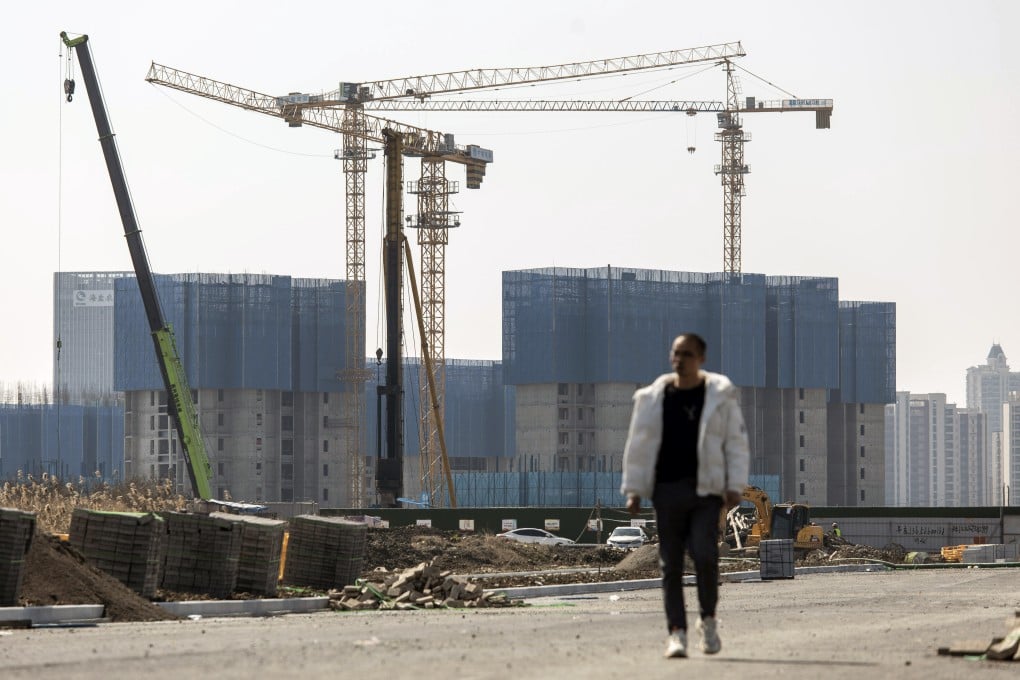Advertisement
China’s economy suffers blow as Beijing’s stimulus push fails to jolt construction
- Beijing has made its stimulus goals clear in recent months, pledging to ‘front-load’ pro-growth policies in 2022
- But recent data suggests no real turnaround in construction yet, with the slow start to the year leading some economists to downgrade their forecasts for China’s growth
Reading Time:3 minutes
Why you can trust SCMP
2

A widely-anticipated push by China’s government to boost construction to stabilise growth in the world’s second-largest economy has yet to materialise, a blow to hopes that Chinese stimulus would lift global growth early on this year.
Advertisement
The Communist Party has made its stimulus goals clear in recent months, pledging to “front-load” pro-growth policies in 2022, pushing early sales of bonds to fund investment and easing curbs on financing for the property sector.
The Politburo, the party’s top decision-making body, suggested more support could be on the cards, saying on Friday that economic policies will be strengthened this year.
However, recent data suggests no real turnaround in construction yet. The latest purchasing managers’ surveys show a weakening in the sector in January ahead of the Lunar New Year holiday, equipment sales have slumped, and unused commodities are piling up in storage.
The slow start to the year is leading some economists to downgrade their forecasts for China’s growth, suggesting the country will provide less support to global demand as the recoveries slow in the United States and Europe.
Advertisement

Advertisement